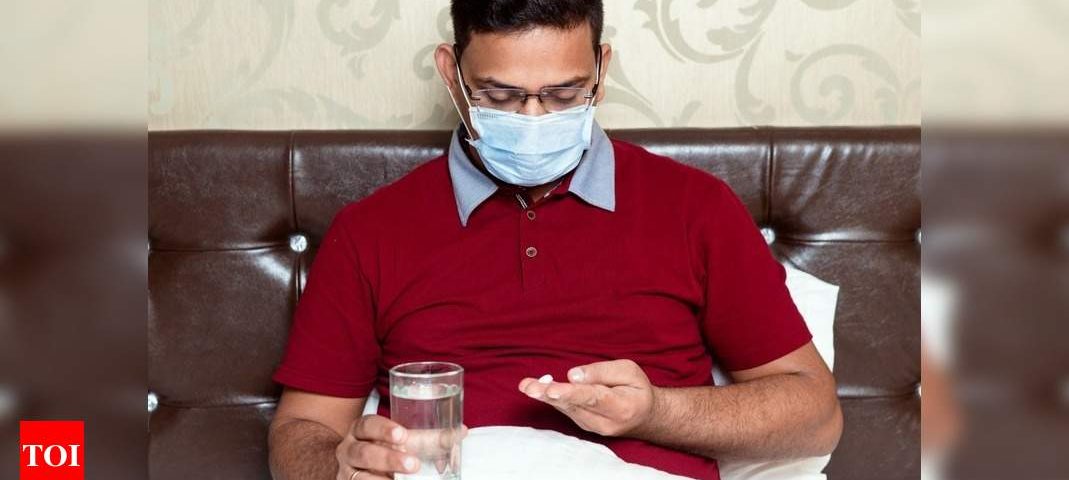Most patients testing positive for coronavirus tend to recover under home quarantine. Not all cases of COVID-19 require hospitalization.
Home quarantine means the time when a patient, who tests positive isolates himself/herself at home following all precautions and protocols suggested by medical authorities. Those with mild and moderate symptoms are usually advised to follow home quarantine. Having a self-isolation facility and caregiver support is crucial to a good recovery. But when is the right time to end the quarantine?
When should home quarantine/isolation end?
Given the nature of symptoms and incubation period of the virus (which is 5-12 days), a COVID recovery can take a minimum of 14 days.
That being said, a home quarantine period for a coronavirus patient can be brought to an end if at least 14-17 days have passed post the onset of symptoms.
Those who have an asymptomatic infection can end their quarantine 10 days after first testing positive for the virus. Talking to your treating physician or doctor can also help you decide on the right time of ending isolation.
The duration of your quarantine and the right time to bring it to an end could also depend on the type and intensity of your symptoms. A fever is usually the classic marker of the infection, and if a person goes without having a fever for 3 days, or using medicines to bring the fever down, and observes a gradual improvement in the precedence of symptoms, it is considered safe to end home quarantine.
Getting two negative RT-PCR reports (spaced 24 hours apart) can also act as a sign that a person has recovered from coronavirus and can end home quarantine. However, considering the surge in cases and high testing demands faced by diagnostic laboratories right now, a person is no longer required to get retested for COVID if the stipulated isolation period has passed.
The home isolation period is supposed to be for 14 days because experts believe this is the time virus runs its course and dies. According to Dr Randeep Guleria, Director, All India Institute of Medical Sciences (AIIMS), “It is scientifically proved that the virus in mild cases dies after six or seven days.”
Dr Guleria further added that an RT-PCR test can still come back positive if it picks up viral debris. However, the remaining load belongs to the dead viral debris and poses no risk of spreading infection or transmission.
It should be noted that some people with suppressed or frail immunity may be suggested by doctors to carry out a longer than usual isolation period and also be subjected to further testing.
A person can also rejoin work and do other chores of routine nature if it has been 17 days since the symptoms first appeared, and they feel they have improved energy levels to carry out work.
Can you transmit the virus after isolation ends?
Viral load in the body depletes after the infectious symptoms end which implies that a person can no longer transmit the virus to others.
However, for the safety and general well-being, doctors advise patients under home isolation to continue 7 more days of quarantine, wear masks and practice good hygiene, preventive measures at home.
When it is safe to be around other people?
When a person is infectious or tests positive, isolation is crucial. A person who contracts COVID-19 can safely mingle with people once the isolation period ends and there’s a clear decline in the symptoms. However, following basic protocols, mask-wearing and social distancing are still important.
What should you know if you are a caregiver for someone with COVID-19 at home?
Under a home isolation setup, it’s important to have the assistance of a caregiver who shall be taking care of the sick patient. That also means that being in close proximity may also expose them to dangers. In general, any person exposed to the COVID+ patient should be quarantined as well and follow diligent precautions, watching for their symptoms. Just after the isolation period ends it would be safe to go out or meet people.
What other guidelines should people under home isolation follow?
Apart from quarantining and separating resources, a patient or caregiver should also ensure that there’s proper hygiene being followed. Pay attention to proper, segregated waste disposal, sanitation and disinfection that takes place.

